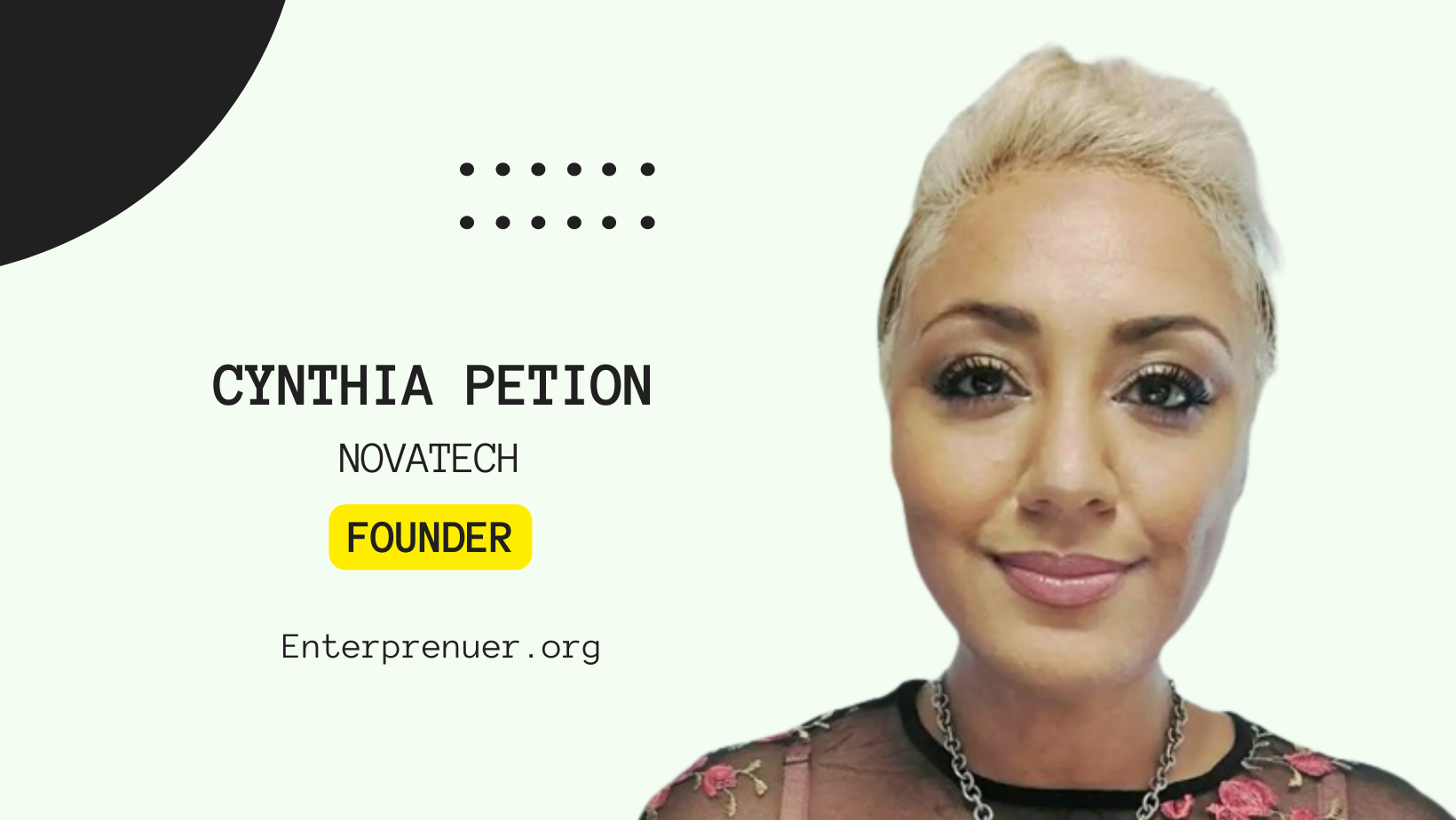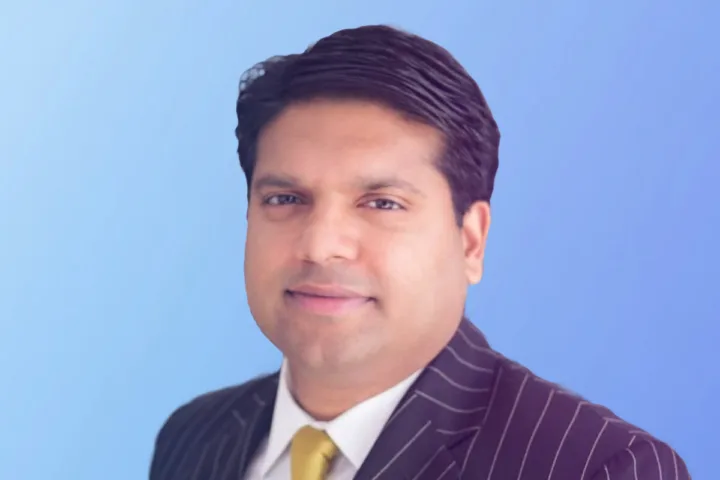Mahendra Alladi, a veteran entrepreneur, thought leader, and inventor, primarily focuses on the Application Lifecycle Management domain.
Mahendra is the founder of ACCELQ and the CEO. Thousands of enterprises worldwide have used this leading platform for automated testing.
ACCELQ resulted from a carefully planned product idea rooted in real-world problems in the ALM sector.
ACCELQ is a result of his strong belief in customer-focused innovations.
After acquiring Gallop Solutions, Mahendra’s previous venture, ACCELQ, is Mahendra’s second stint in a startup.
He is a graduate of the Indian Institute of Science in Bangalore in Computer Science and was the All-India winner in the Graduate Aptitude Testing for Engineers.
What is the story of the idea for ACCELQ?
ACCELQ’s core concept was born from my observations of customers’ problems in the ALM domain.
Continuous delivery has made testing a significant roadblock to achieving the desired release velocity for software development.
Manual testing is not able to keep up with this speed.
However, the existing automation solutions were too complicated or too simple to be used by the intended audience.
ACCELQ results from an intuitive, common-sense approach to solving the problem.
It is driven by a passion for customer success and a deep understanding of real-world complexities.
How do you stay productive?
I’m an early riser, often up before 5 am. I spend an hour checking in with my clients and teams and planning the day’s priorities.
Most days, I will try to have an informal conversation with one of my team members every morning at 7:30 am.
We can discuss any open-ended ideas. The conversation can be about the product or business, but it is not formal.
There is no expectation of a conclusion. This was a habit I developed, and it helped me realize how vital these thoughts were when I was working on significant roadmap ideas.
Every day begins with a daily standup. This allows us to discuss the priorities and address any roadblocks.
In addition to this, I participate in informal meetings for progress review and incremental feature demos.
These meetings are used to refine deliverables and fill in any gaps.
I spend a lot of time reviewing customer issues and requests.
When time allows, I try to put on the end-user hat to evaluate random uses of our product critically.
These activities are a great source of information for product innovation.
It keeps us grounded and helps us be more responsible towards our customers.
Evenings are spent mainly with my family. Engaging children is my passion. I often learn high school math with them.
Engaging in diverse challenges makes a day more productive.
I enjoy breaking down daily tasks to allow for a lot more context-switching.
My meetings are informal, objective, and short.
How do you bring ideas to life?
First, I ensure that the idea is fully communicated internally.
I make sure there is no confusion about the reason and the value-prop that go along with the idea.
In the beginning stages of realization, I collaborate with other team members.
We share the same story, whiteboard it, and exchange perspectives.
Each day, the scope and path to realizing the idea become more apparent.
After a few weeks, I will usually disconnect from the idea while the team goes through a design exercise.
It is common to find significant blind spots when you return to the same idea after a break. This exercise is quite effective.
Once you have started the realization phase, it is crucial to stay open to all possibilities and accept iterations as part of the normal.
We organize regular demos to ensure that the idea and realization are in sync.
Also, it is essential to make a fair judgment on the acceptable level of imperfection or incompleteness.
This will help you decide where you can compromise and which areas you cannot.
This is possible only if the entire team agrees with the idea’s core idea.
What’s your favorite trend?
I am most excited about the increased user experience in enterprise products.
This is especially true in our space. It is no longer possible to take enterprise users for granted without a steep learning curve.
This is a trend that has seen innovation and user experience become synonymous.
This is a healthy trend because I believe the ease of use is the primary fuel for innovation.
Clutter doesn’t inspire new ideas.
What habits make you productive?
It may sound counterintuitive, but my attention to detail makes me more productive.
It decreases the number of iterations and cycles. It allows me to drive a culture of completion in my team.
This encourages everyone to do their best and improves the overall quality and velocity.
Working on unfamiliar subjects requires me to spend a lot of time relating the matter with common sense.
I am constantly learning and motivated to learn more.
What’s your advice for the Noob?
Don’t worry about missing pieces when you’re on your journey to realizing your dream.
You can be confident that the gaps will fill if you have a clear vision and a strong desire.
It is more important to start than to search for absolute clarity. It doesn’t matter if you convince everyone of your idea.
It may be difficult to communicate or translate the “possibilities” you see outside of yourself.
What is one thing we can all agree on?
Bootstrapping is a great way to get started on your entrepreneurial journey.
It can even lead you to the top of the field. Execution skills are crucial in the initial stages of a startup.
What do you recommend as an entrepreneur?
Your customer is your most important asset. This is one of your most important responsibilities.
Every opportunity to “read” a customer’s need/perception/perspective is an opportunity to improve.
This is the only way to keep your business afloat!
What’s your rich strategy?
Since Day 1, our primary focus has been on product engineering and design.
Everything else was secondary. We continue to do that until today.
How do you overcome Failure?
There will always be setbacks along the way. It is vital to learn and keep moving forward.
You can quickly improvise, be persistent and never lose sight of the core belief or the positive outlook.
Can you share a business idea?
The IT industry is experiencing a growing demand for technical resources.
It isn’t effortless to match technical profiles with job requirements.
A machine-learning solution that uses AI can analyze the employment patterns of the hiring companies and candidate profiles.
It is possible to create a correlation using a candidate’s employment history and the attributes associated with the hiring company.
This includes information about the type of resources they have hired in the past.
What’s your recent best buy?
I recently bought a mesh router that allowed me to work from home while being on the go.
It also eliminated any worries about lost wifi signals.
What are your favorite Softwares or Apps?
Undoubtedly, Microsoft Outlook. Outlook is more than just an email client. There are many unique uses for it.
Which book would you recommend?
“Nonviolent Communication” by Marshall B Rosenberg. It is interesting to learn how such a seemingly straightforward aspect of daily life–communication–can influence world-changing outcomes.
Effective communication can help you reach higher heights and inspire others to achieve your dreams.
What’s your favorite quote?
“A series of small things taken together can accomplish great things.”
Vincent Van Gogh
TL;DR by Mahendra Alladi
Engaging in diverse challenges is key to a productive day.
You can break down daily tasks to do a lot more context-switching.
You must be able to judge the acceptable level of imperfection or incompleteness and determine where compromises are possible.
Bootstrapping is a great way to get started on your entrepreneurial journey.
It can even lead you to the top of the field. Execution skills are crucial in the initial stages of a startup.
There will be setbacks along your journey.
But the important thing is not to give up and keep moving forward.
Keep your chin up, keep positive and never give up.










